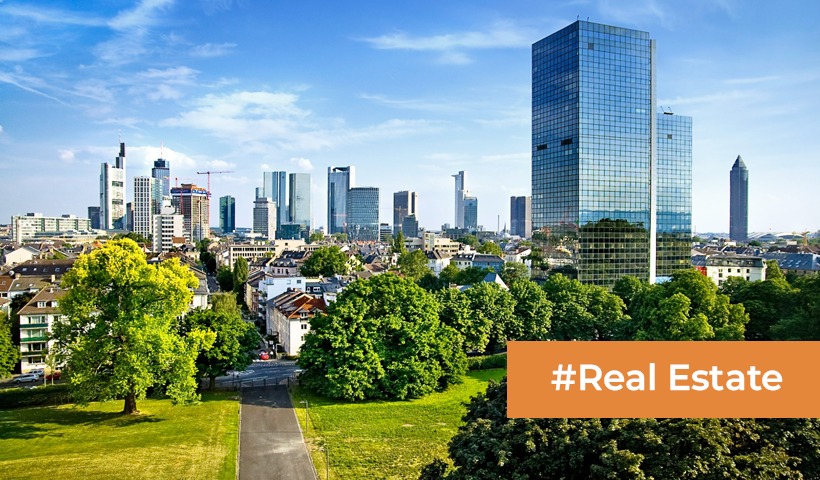The Best Choice for the Future- Green Buildings
Many people have begun to make changes in recent years that are aimed at making the world a better place.
However, just as we pick greener choices indoors, we must also choose a greener alternative to traditional brickwork. Construction of buildings accounts for 40% of worldwide greenhouse gas emissions. Given its magnitude, it is critical to recognize that the potential for establishing a more sustainable construction sector is enormous, with the use of environmentally friendly building materials playing a key role. Choosing the proper materials may go a long way toward achieving green construction goals. In addition, this industry has had a huge global impact on the evolution of local development. With major corporations requiring green building certification, becoming green is no longer an option, but rather a need.
Implementation
It’s critical to realize that green buildings can’t be developed in stages. The trip must be embraced from the beginning, in every part of the creation, for the best results. This is true for residential, commercial, and industrial building projects alike.
The Green Building Council, which has been working in India for more than two decades, has also backed the effort to make the country’s architecture more environmentally friendly.When considering the big picture, the goods employed in the process play a big part in green building. Investing in modern construction technologies and materials, rather than traditional brick and mortar, will help us get a lot further in this endeavor.
Sustainable Construction
Gypsum, for example, is extensively used to beautify the interiors of both residential and commercial constructions. It is used to manufacture gypsum wallboards and ceiling boards, sometimes known as drywalls. The material’s numerous benefits – it is fire-resistant, cost-effective, and can be used in a variety of forms – make it a good choice for use. Furthermore, drywall materials are lightweight, making handling and installation easier. These are simple to remove and install, and they can be cut into any form or size, making them a flexible product. Because of its low carbon footprint and wide availability, gypsum helps builders and architects to meet green building goals in terms of transportation, manufacturing, and recycling. The effort is carried a step further with gypsum goods, which include a wide range of items such as plasterboard and tiles that cater to occupant comfort. These items also have greater acoustics for the consumer’s ultimate comfort.
Disclaimer: The views expressed above are for informational purposes only based on industry reports and related news stories. PropertyPistol does not guarantee the accuracy, completeness, or reliability of the information and shall not be held responsible for any action taken based on the published information.




